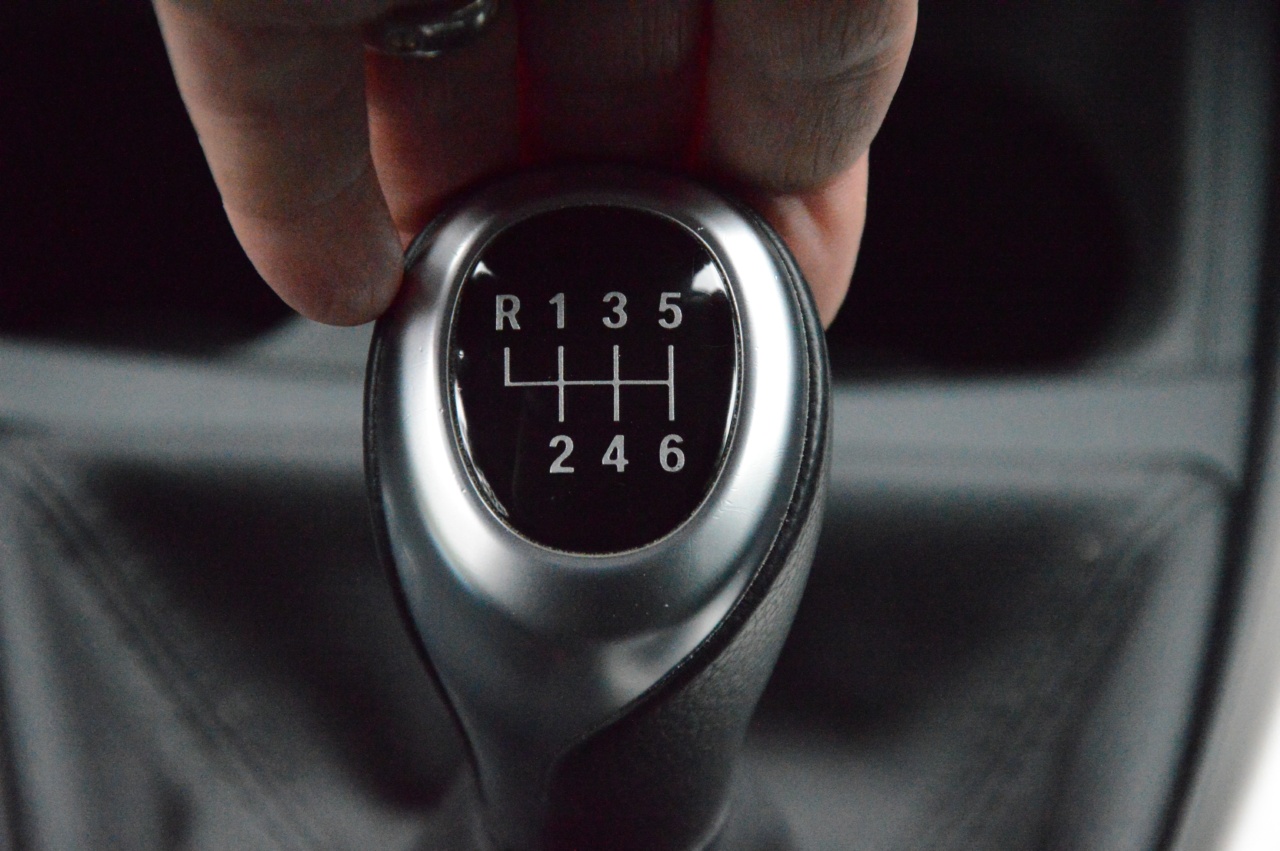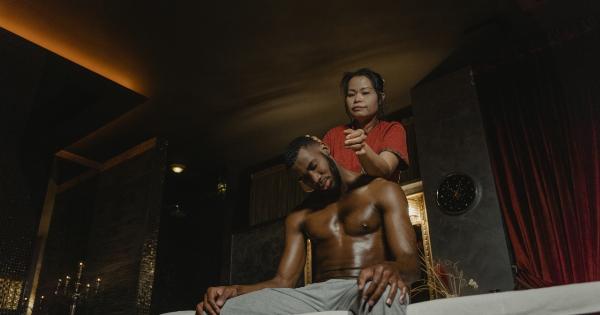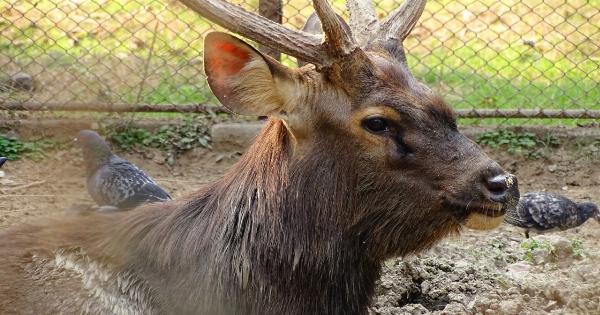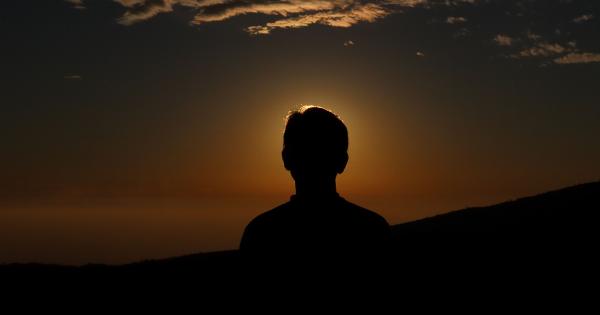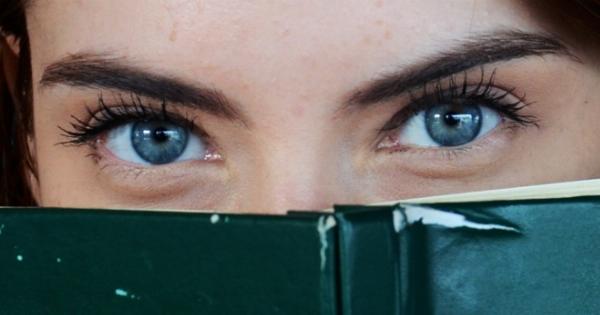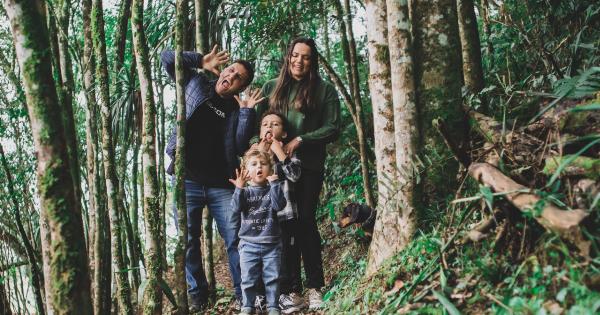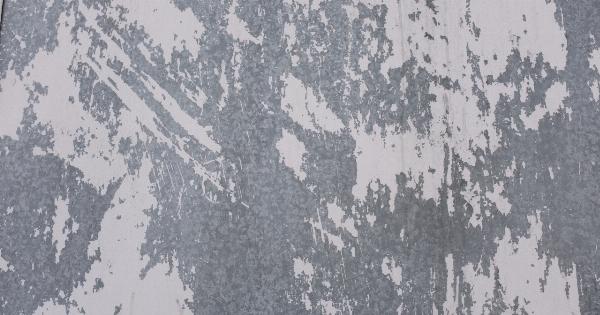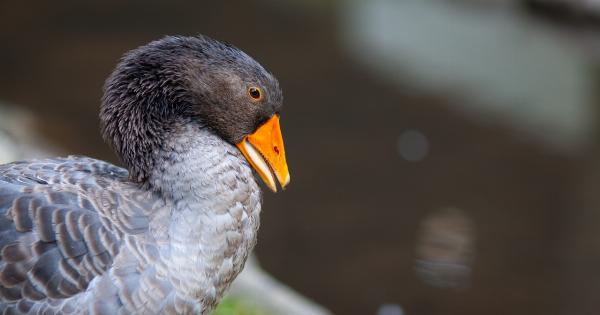Lice are tiny insects that live on the scalp and hair of humans and animals. They feed on blood, and their bites can cause itching and discomfort.
Lice are highly contagious and can easily spread from person to person through close contact or shared personal items such as combs, brushes, hats, and clothing. Understanding the transmission of lice is crucial in preventing and getting rid of them forever. In this article, we will discuss the different types of lice, how they spread, and the best ways to eliminate them.
Types of Lice
There are three types of lice that infest humans: head lice, body lice, and pubic lice.
Head lice are the most common type of lice and are usually found on the scalp and hair. They are most often spread through direct head-to-head contact with an infested person. Head lice are more common in children than in adults.
Body lice are larger than head lice and are usually found on clothing rather than on the body. They are spread through contact with infested clothing or bedding.
Pubic lice, also known as crabs, are found in the pubic area, but can also be found on other hairy areas of the body, such as the armpits or eyebrows. They are usually spread through sexual contact.
How Lice Spread
Lice spread easily from person to person through direct contact or by sharing personal items. Direct head-to-head contact is the most common way that head lice are spread.
Children are most at risk for head lice because they tend to have close contact with each other during play and other activities.
Body lice are usually spread through contact with infested clothing or bedding. This is more common in crowded or unsanitary living conditions, such as in homeless shelters or refugee camps.
Pubic lice are usually spread through sexual contact. They can also be spread through contact with infested clothing or bedding, but this is less common.
How to Get Rid of Lice
Getting rid of lice can be a challenge, but it is possible with the right treatment and prevention methods.
1. Use Over-the-Counter Lice Treatments
Over-the-counter lice treatments are available at most drugstores and supermarkets. These treatments usually contain permethrin, which is a type of insecticide that kills lice. Follow the instructions carefully to ensure safe and effective use.
2. Remove Nits and Lice from Hair
Nits are the eggs laid by lice and can be found attached to the hair shaft. Use a fine-toothed comb to remove nits and lice from the hair. Comb through each section of hair from the scalp to the ends.
Rinse the comb in hot water after each use to prevent re-infestation.
3. Wash Clothing and Bedding in Hot Water
Wash all clothing, bedding, and towels in hot water to kill any lice or nits that may be present. Dry everything in a hot dryer to ensure thorough drying and killing of any remaining lice or nits.
4. Vacuum the Home
Vacuum carpets, upholstery, and car seats to remove any lice or nits that may have fallen off the infested person. Dispose of the vacuum bag or clean out the vacuum canister immediately after use to prevent re-infestation.
5. Prevent Re-Infestation
Prevent re-infestation by avoiding direct contact with infested persons and not sharing personal items such as combs, brushes, hats, and clothing. Encourage good hygiene, such as regular hand washing and bathing, to prevent the spread of lice.
Conclusion
Lice are a common problem that can be easily spread from person to person. Understanding the different types of lice, how they spread, and the best ways to eliminate them is crucial in preventing and getting rid of them forever.
Follow the above tips to successfully eliminate lice and prevent re-infestation.
